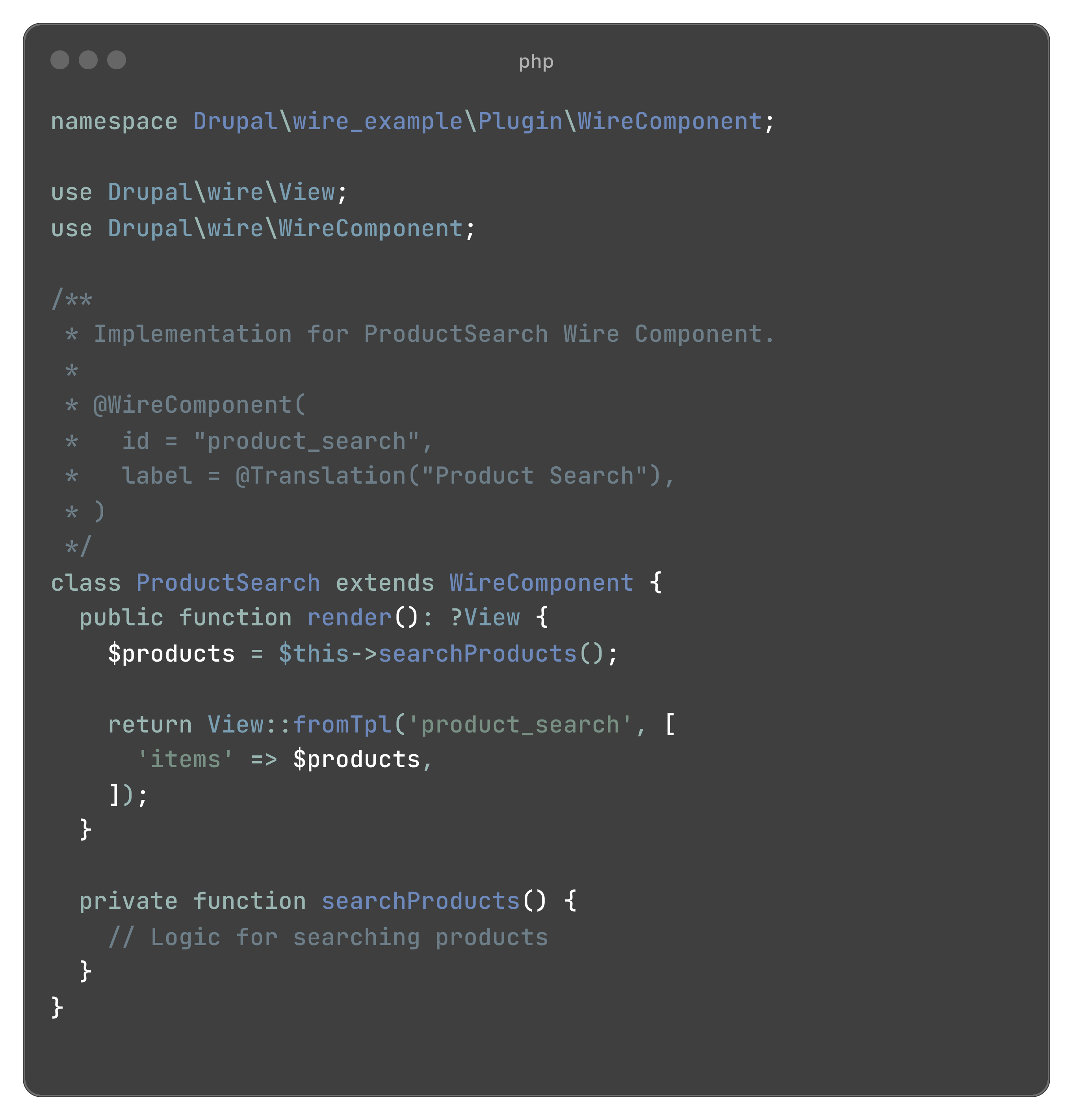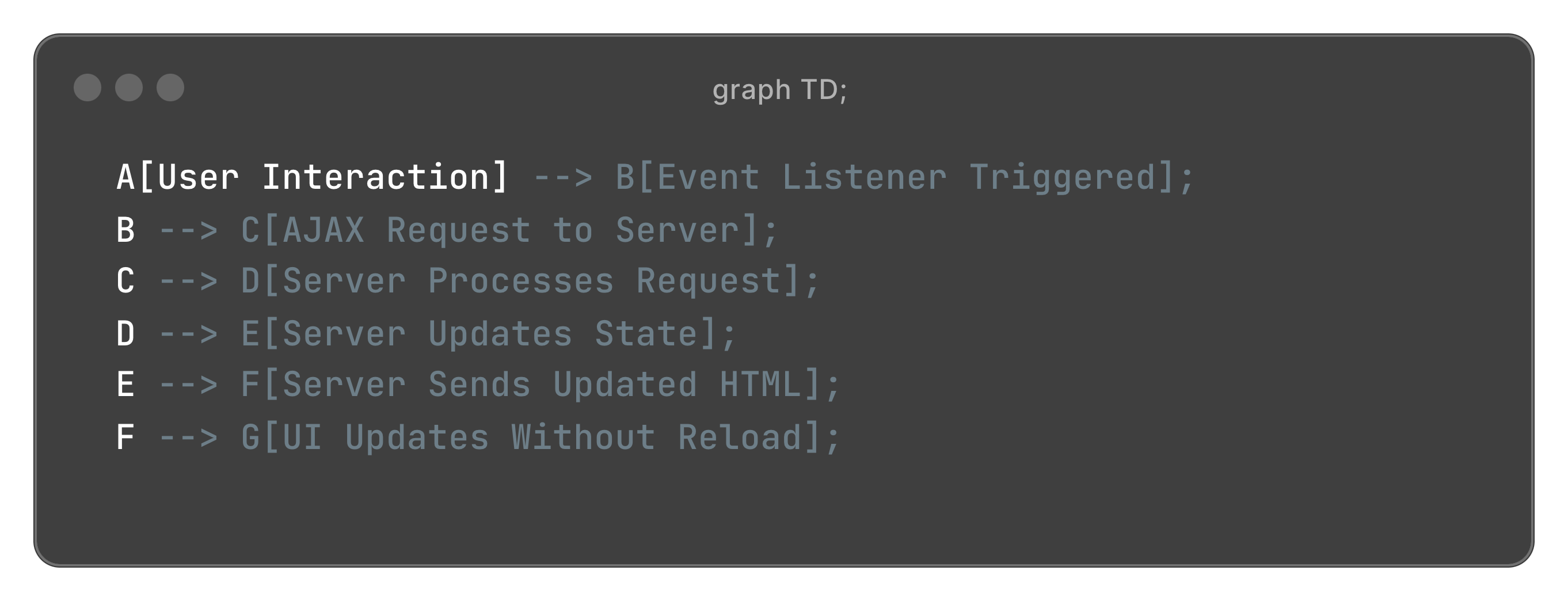The Power of Open Source in E-Commerce: Control, Adaptability, and Trust
In the fast-paced world of online business, one principle is becoming clear: control, adaptability, and trust shouldn’t be luxury features in your e-commerce platform. These qualities are essential for CTOs, digital marketers, startup founders, and enterprise leaders who need technology that empowers their vision – not one that limits it. This is why open-source e-commerce solutions like Drupal Commerce are sparking a quiet revolution, enabling organizations to embrace digital transformation with confidence and agility.
Why Open Source Matters in E-Commerce
Open source software flips the traditional script of proprietary platforms. Instead of being locked into rigid, costly models with features you might never use, open source gives you the freedom to build what you need. As Drupal Commerce creator Ryan Szrama noted, “control, adaptability, and trust shouldn’t be luxury features” for online businesses. In high-stakes commerce – where customer relationships, complex processes, and constant change define success – having full ownership of your platform is a game-changer. Open-source e-commerce provides that ownership, allowing you to adapt at every turn without waiting on a vendor’s roadmap or permission.
Proprietary vs. Open: Proprietary e-commerce platforms often come with trade-offs – you get an all-in-one package, but at the cost of flexibility. Many closed platforms impose limits (“you can customize… but only if you pay more”), leaving innovation on hold. Open source changes this dynamic. It empowers teams to say, “This is how we work — how do we build around that?”. In other words, the software adapts to your business, not the other way around. This fundamental freedom to choose and to design your system around your values is at the heart of why open source matters.
The Open-Source Advantage: Control, Adaptability, Trust
Open-source e-commerce platforms deliver tangible benefits that directly address the needs of modern businesses. Here are the key advantages and why they’re crucial for digital success:
- Full Control & Freedom: With open source, you own your platform’s code and data outright. There’s no vendor lock-in, so you’re free to host where you want and modify the code to fit your unique needs. This means you can implement new features or integrations on your timeline. As a result, you gain granular control over every digital asset and customer touchpoint, rather than being confined by someone else’s limitations. Freedom from inflexible contracts allows you to scale and evolve with confidence.
- Unlimited Adaptability: Open source inherently unleashes enormous flexibility and scalability to build whatever your business demands. You can create an agile, modular architecture – even a global, multi-site e-commerce ecosystem – that evolves quickly as your market and customers change. Need a custom product configurator or integration with an emerging social channel? With open source, you can do it. The collaborative open-source community delivers a constant stream of enhancements and plugins, so you can easily add new features, integrate third-party systems, and tailor the experience to your audience. In short, innovation keeps pace with your ambitions, not the vendor’s schedule.
- Trust & Transparency: In an era of SaaS “black boxes” and APIs you don’t control, open source provides much-needed transparency. The code is open for anyone to inspect, which means security vulnerabilities are identified and resolved quickly by a global community. This community-driven vigilance leads to rock-solid security and reliability. Open code and open standards also inspire confidence – you (and your stakeholders) can see exactly how the system works, which builds trust. No hidden algorithms or surprise changes in terms of service. For organizations where compliance and data privacy are paramount, this transparency is invaluable. Ultimately, open source creates a bond of trust: you’re not at the mercy of a vendor’s business decisions, and your platform’s destiny is in your own hands.
These benefits aren’t just theoretical. They’re why even governments and large enterprises choose open source. For example, agencies under pressure to modernize have found that proprietary systems lock them into high costs and stifle innovation, whereas open-source software offers a path to agility and cost savings. It’s telling that Drupal – an open-source platform – has emerged as a frontrunner for organizations that demand security, flexibility and scalability at enterprise scale. In other words, if open source works for mission-critical government services, it can certainly work for your online store.
Drupal Commerce: A Catalyst for Digital Transformation
When it comes to open-source e-commerce, Drupal Commerce stands out as a powerful catalyst for digital transformation. Drupal Commerce is an open-source framework built on the Drupal CMS, and it exemplifies the freedom and flexibility described above. Unlike stand-alone commerce platforms, Drupal Commerce is tightly woven into the Drupal content management system, offering a content-first commerce experience where product pages, content marketing, and shopping workflows blend seamlessly. This is a huge advantage in today’s landscape: it means your commerce can be as content-rich and personalized as your marketing site, all on one platform. Product catalogs, blogs, landing pages, and checkout flows can all live under the same roof, powered by the same robust backend.
Why Drupal Commerce? First, it provides that deep integration of content and commerce. You’re not bolting a store onto your site – your store is your site, integrated with your editorial workflows and taxonomies. This is ideal for businesses where storytelling and customer experience are key to driving sales (think content marketing, personalized blogs, rich product guides, etc.). Drupal Commerce excels in environments where commerce is intertwined with content delivery – offering structured content modeling, multilingual capability, and robust content workflows out of the box. For digital marketers, this means you have one unified platform to manage both website content and the e-commerce funnel, resulting in consistent branding and a smoother user journey.
Second, Drupal Commerce is proven in complex use cases. It’s flexible enough for startups launching a simple online store, yet powerful enough for global enterprises and public institutions. Drupal Commerce has been successfully adopted in scenarios ranging from B2B manufacturers and higher education to nonprofits and government portals. These are organizations that need more than a cookie-cutter shop – they require advanced user roles, complex product catalogs, custom workflows, or strict compliance. Drupal’s heritage in enterprise content management means Commerce inherits strong permissions control, multilingual support, accessibility, and security-hardening that big organizations trust. There’s also a thriving community (backed by Centarro, the creators of Drupal Commerce) continuously improving the platform and creating extensions. You’re never alone – an army of developers worldwide is testing, securing, and extending the same Commerce platform you use, which translates to rapid improvements and a wealth of community-contributed modules.
Finally, Drupal Commerce is free in terms of licensing – so your budget goes into development and innovation, not hefty subscription fees. This lowers the total cost of ownership and frees resources to invest in better customer experiences (or simply higher margins). As one industry comparison noted, Drupal Commerce “stands up to” established proprietary systems – meaning you get enterprise-grade capabilities without being stuck in a pay-to-play ecosystem.
Drupal 11 and a Composable, Future-Ready Architecture
The open-source advantage of Drupal Commerce has only grown stronger with the release of Drupal 11. The latest version of Drupal brings performance enhancements, an improved admin UX, and new tools that make the platform more accessible to developers and content creators alike. In particular, Drupal 11’s Project Starshot initiative is aimed at streamlining the Drupal experience. The result is a more user-friendly, high-performance ecosystem, which lowers the barrier to adoption and speeds up development. For organizations considering Drupal Commerce, this is great news: it’s now faster and easier than ever to launch a modern commerce site on Drupal. Think of it as enterprise open source, refined. These Drupal 11 improvements – from better APIs to cleaner code and frontend components – make Drupal Commerce an increasingly viable choice for businesses that want to unify storytelling and shopping in one future-ready architecture.
Equally important, Drupal Commerce fits perfectly into the rising trend of composable commerce. In a composable architecture, you pick and choose modular components (CMS, cart, search, CRM, etc.) and integrate them via APIs to build a custom stack. Drupal Commerce can be the cornerstone of a composable setup or play well as one part of it, thanks to Drupal’s API-first approach (JSON:API and GraphQL are available for headless use cases). If you want to run a headless front-end (say, a React or Vue storefront) while Drupal handles the backend of content and commerce, you can absolutely do that. Conversely, if you prefer an all-in-one Drupal-driven site, that’s equally supported. This flexibility means Drupal Commerce offers the best of both worlds: a full-featured integrated solution and a component in a larger microservices ecosystem, depending on your strategy.
Consider the alternatives: many monolithic commerce suites (Salesforce Commerce, Adobe Magento, etc.) promise everything in one package but often at the cost of agility, with vendor lock-in and bloat that slows innovation. On the other hand, pure headless commerce solutions give technical freedom but can require assembling and maintaining many moving parts – not to mention expensive usage-based pricing. Drupal Commerce hits a sweet spot. It’s open source and modular, avoiding the vendor lock-in and cost overhead. It’s also content-rich out of the gate, unlike commerce-only “API boxes,” which means less work stitching together basic capabilities. And you still retain the ability to integrate best-of-breed services as needed (for example, using a specialized search service or a recommendation engine alongside Drupal). Open standards and interoperability are baked in, so Drupal can communicate with other systems and unify data easily. In practice, this means your Drupal Commerce store can plug into a larger digital ecosystem – from marketing automation platforms to ERP systems – supporting your broader digital transformation efforts.
AI Integration: Intelligence at Your Fingertips
One of the most exciting aspects of open-source e-commerce today is how it enables rapid AI integration. Unless you’ve been living under a rock, you know that artificial intelligence and machine learning are transforming how businesses operate – and online retail is no exception. But leveraging AI often requires integrating new tools, custom algorithms, or services into your website. If you’re on a closed platform, you might be stuck waiting for the vendor to offer an AI feature (at additional cost) or trying to bolt on clunky third-party apps. In contrast, Drupal’s open architecture lets you innovate freely. You can integrate existing AI services (like a chatbot, a recommendation API, or an image recognition tool) or use community-contributed modules that embrace AI, all without permission or license constraints.
In fact, the Drupal community is already exploring AI in commerce. For example, there’s an experimental Commerce.ai project looking at AI-driven assistants for store configuration tasks (imagine automated promotion setups or inventory suggestions). More immediately, you can find Drupal modules for things like content personalization, intelligent search, and chatbot integration. Because Drupal Commerce is open source, developers can harness powerful AI libraries – from open-source machine learning frameworks like TensorFlow to NLP and recommendation systems – and connect them to the commerce experience. This is happening now: e-commerce businesses are using machine learning to auto-tag and optimize product catalogs, generate personalized product recommendations, improve search results with semantic understanding, and even automate customer service with AI agents.
The composable, open nature of Drupal means you aren’t limited to one vendor’s notion of AI. Want to add a cutting-edge AI-driven search algorithm? There’s likely a way to do it with Drupal. Want to experiment with GPT-4 for product descriptions or an AI-based A/B testing tool? Go for it – you have direct access to the code and the data. This flexibility ensures that your e-commerce platform can continuously evolve with technological advances. As new AI trends emerge, you can integrate them rapidly to keep your customer experience on the forefront of innovation. The end result is an intelligent online store that delights customers with relevant, personalized experiences – all built on a foundation you control.
Inspiring Digital Transformation with BlueMelon and Drupal Commerce
Digital transformation isn’t just a buzzword – it’s an imperative for companies that want to stay competitive in the era of AI and changing consumer expectations. By choosing an open-source solution like Drupal Commerce, you’re equipping your organization with a platform that can adapt, integrate, and scale as needed for true transformation. It’s not just about moving from offline to online, or adopting a new tool; it’s about fostering a culture of continuous improvement and innovation. Open source technology, with its community-driven innovation and freedom to customize, naturally encourages this mindset. Teams can experiment, iterate quickly, and implement bold ideas knowing they have full control over the platform.
The benefits circle back to those key words: control, adaptability, trust. You gain control over your e-commerce destiny – no more outgrowing your platform and replatforming every few years just to meet new needs. You have adaptability to incorporate new channels (headless commerce, mobile apps, IoT devices), new business models, or integrations (from CRMs to AR/VR features) without starting from scratch. And you build trust with your stakeholders and customers, because an open platform is transparent, secure, and backed by a global community of experts.
At BlueMelon, we champion these open-source principles because we’ve seen the results first-hand. We specialize in Drupal development, AI integration, and digital strategy – the very combination that Drupal Commerce empowers. Our approach is innovative, user-centric, and professional, just like the technology we build on. Whether you’re a startup founder looking to rapidly launch an open source e-commerce MVP with room to grow, or an enterprise CTO plotting a digital transformation roadmap, our team will ensure you get the best of Drupal 11, AI, and composable architecture tailored to your needs. We keep a pulse on high-performing industry trends and apply best practices in SEO and UX design so your blog posts (and your websites) engage and convert effectively.
The bottom line: Open source e-commerce is more than a software choice – it’s a strategic investment in your business’s future. In a world of fast-moving technology, choosing Drupal Commerce means choosing a platform of freedom and possibility, backed by a community and a proven track record. It’s the freedom to innovate on your terms and the confidence that you can adapt to whatever the future holds. As Ryan Szrama eloquently put it, “in a world increasingly run by black boxes and APIs you don’t control, open source remains a quiet revolution” – a revolution that puts power back into your hands.
Are you ready to join that revolution and supercharge your digital commerce? Let’s chat. At BlueMelon, we’re not just builders; we’re your partners in crafting an e-commerce experience that grows and transforms with your business. Let us help you harness the control, adaptability, and trust that open-source Drupal Commerce provides – so you can deliver innovation and value to your customers, day after day.









